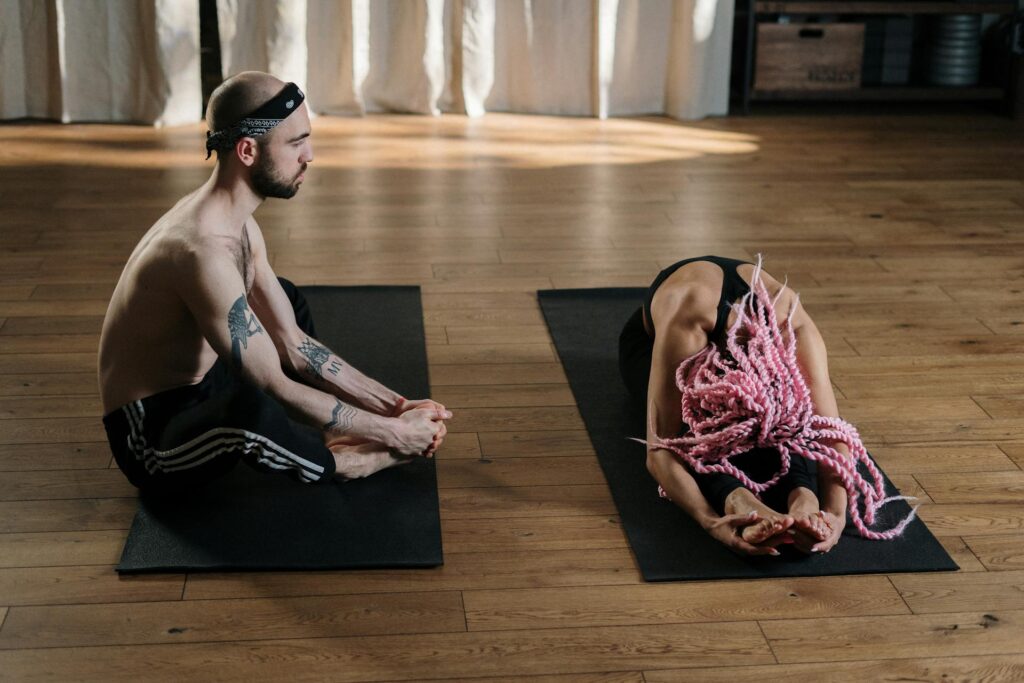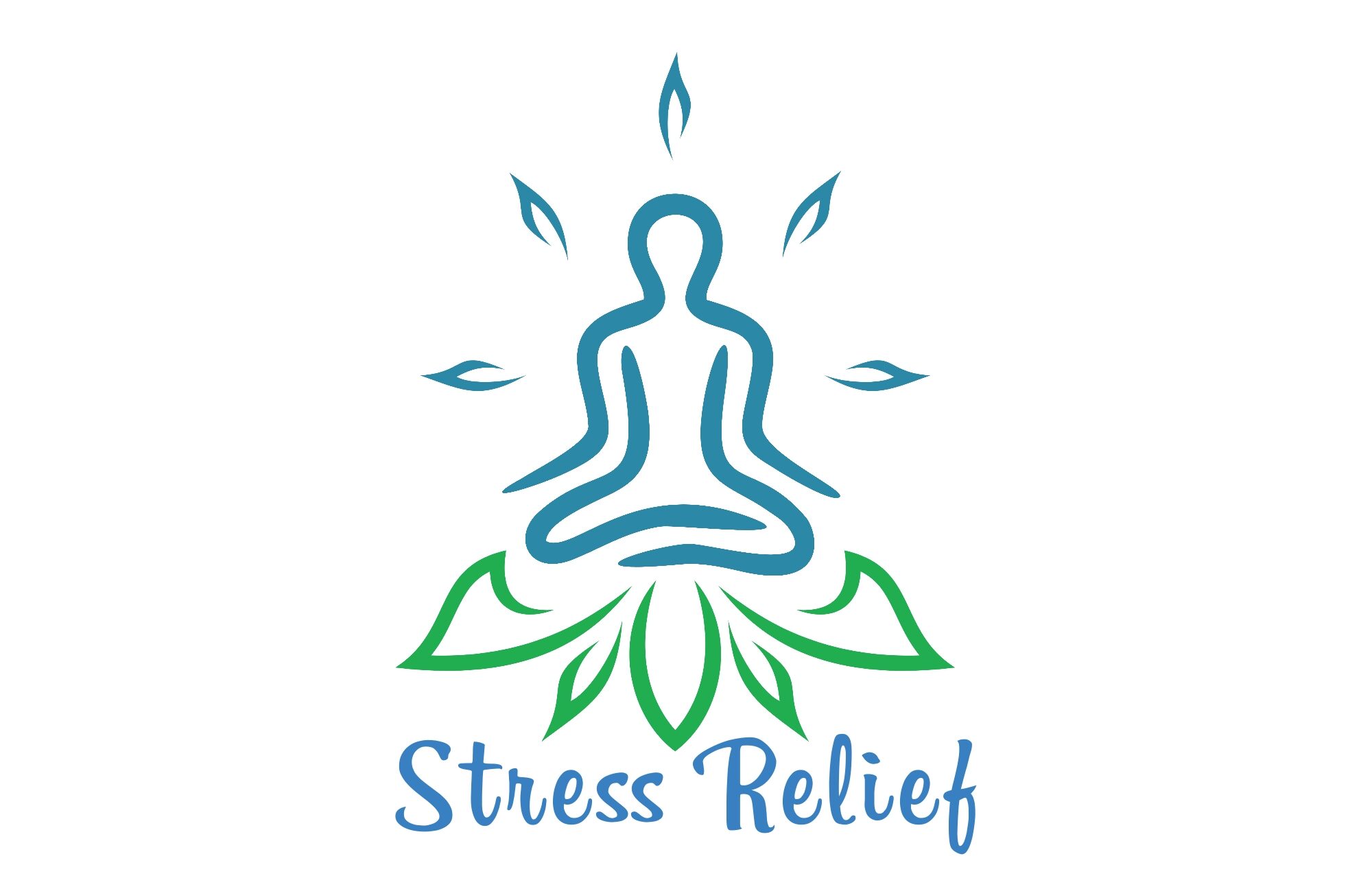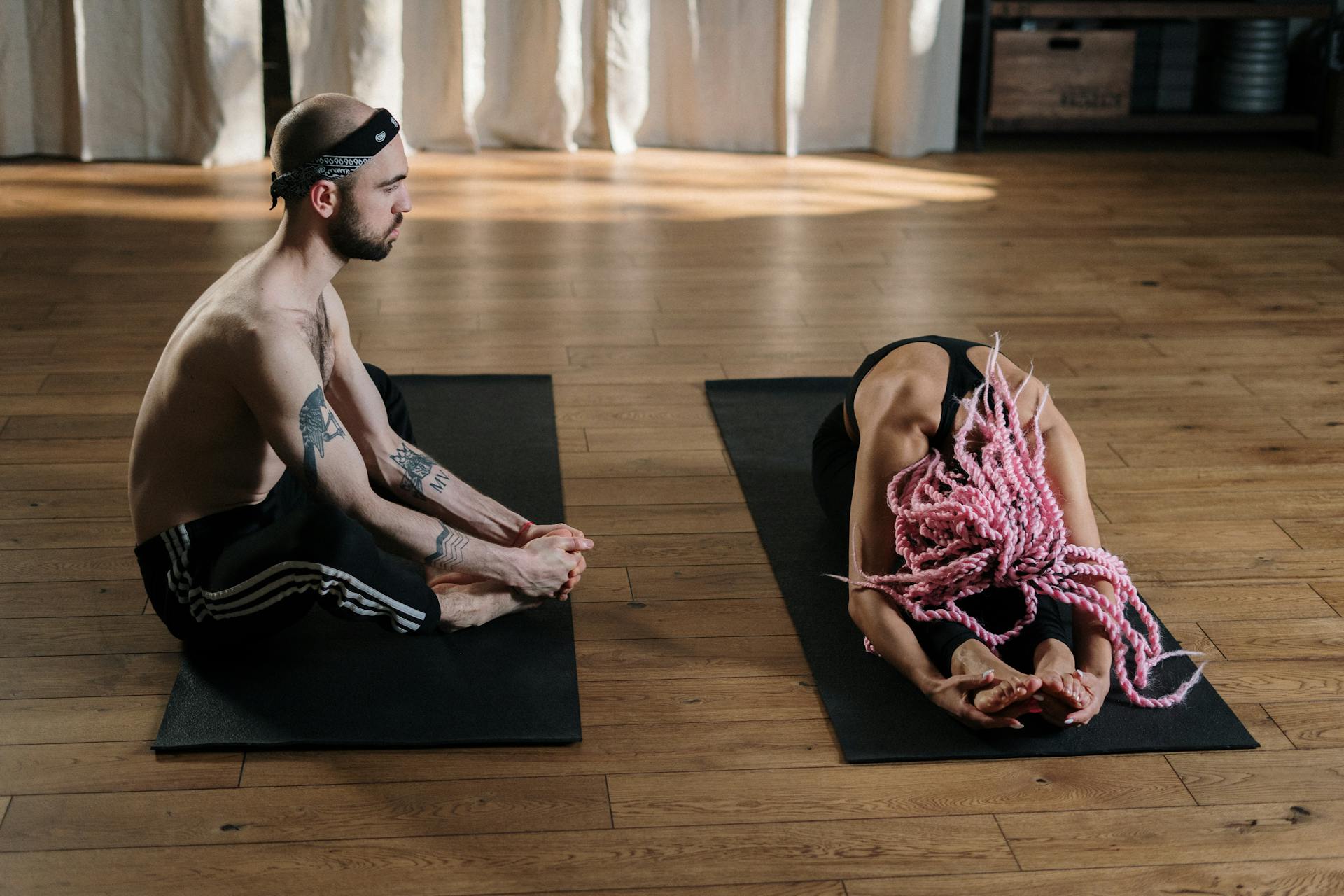I. Introduction to Stress Relief Circuit Training Workouts
Stress is a common issue that affects many aspects of our lives, including our physical and mental well-being. It is important to recognize the impact of stress on our bodies and minds in order to effectively manage and reduce it. Stress can be defined as a physiological and psychological response to external pressures or demands. When we are under stress, our bodies release stress hormones such as cortisol, which can lead to various health problems over time. In this article we will learn about stress relief circuit training workouts.
Recognizing the Symptoms of Stress-Related Health
It is crucial to be aware of the symptoms that indicate stress-related health issues. These may include fatigue, irritability, headaches, muscle tension, difficulty sleeping, and changes in appetite. If left unaddressed, chronic stress can contribute to more serious conditions such as high blood pressure, heart disease, and depression. Recognizing these symptoms early on can help us take steps to reduce stress and improve our overall well-being.

Exploring the Connection Between Stress and Physical Exercise
Physical exercise has long been known to be beneficial for our physical health, but its impact on mental health, including stress reduction, is equally significant. Engaging in regular exercise releases endorphins in the brain, which are natural mood boosters. Exercise also diverts our attention away from stressors and promotes relaxation, leading to a reduction in stress levels. By incorporating a structured circuit training routine into our lives, we can harness the power of exercise to combat stress and enhance our well-being.
II. The Science Behind Stress Relief Circuit Training
How Exercise Promotes the Release of Endorphins and Reduces Stress Hormones
Exercise stimulates the release of endorphins, which are chemicals in the brain that act as natural painkillers and mood enhancers. When we engage in physical activity, endorphins are released, creating a sense of euphoria and overall well-being. Additionally, exercise reduces the production of stress hormones such as cortisol and adrenaline, which are responsible for the physiological responses to stress. By engaging in stress relief circuit training workouts, we can actively promote the release of endorphins and reduce the levels of stress hormones in our bodies.
Examining the Role of Circuit Training in Managing Stress
Circuit training, a form of exercise that combines cardiovascular and strength exercises in a fast-paced, continuous manner, has been found to be particularly effective in managing stress. The variety of exercises involved in circuit training helps to target different muscle groups and engage the cardiovascular system, resulting in a well-rounded workout. The continuous nature of circuit training keeps our minds focused on the exercises at hand, allowing us to temporarily forget about our stressors and find solace in the present moment.
Benefits of Combining Cardiovascular and Strength Exercises in Stress Reduction
The combination of cardiovascular and strength exercises in circuit training offers unique benefits for stress reduction. Cardiovascular exercises such as jogging, cycling, or jumping jacks increase our heart rate and improve blood circulation, leading to a release of endorphins and enhanced overall mood. Strength exercises, on the other hand, help to build muscle and boost our metabolism, further contributing to our overall physical well-being. By incorporating both types of exercises into our circuit training routine, we can experience holistic stress relief benefits.

III. Preparing Yourself Mentally and Physically for Circuit Training
Setting Realistic Goals and Expectations for Stress Relief through Circuit Training
Before diving into a stress relief circuit training routine, it is important to set realistic goals and expectations. While circuit training can be highly effective in managing stress, it is not a magic solution that will eliminate all stress from our lives. By setting realistic expectations, we can avoid feeling discouraged and instead focus on the small but impactful progress we make along the way. Whether it’s aiming for a certain number of circuits or achieving a specific level of intensity, setting achievable goals helps to maintain motivation and ensure long-term success.
Evaluating Your Current Fitness Level and Seeking Professional Guidance if Needed
It is essential to evaluate your current fitness level before embarking on a stress relief circuit training routine. This allows you to understand your limitations and avoid potential injuries. If you are new to exercise or have any underlying health conditions, it is advisable to seek professional guidance from a qualified fitness trainer or healthcare professional. They can assess your fitness level, provide personalized recommendations, and help you design a circuit training plan that suits your needs and abilities.
Creating a Safe and Comfortable Workout Environment
To ensure effective stress relief circuit training routine, it is important to create a safe and comfortable workout environment. This includes finding a suitable space that allows for the exercises to be performed without hindrance or risk of injury. Clear any obstacles, ensure proper lighting and ventilation, and consider using a comfortable exercise mat or supportive footwear. Creating a pleasant atmosphere that is conducive to exercise will enhance your overall experience and motivate you to stick to your circuit training routine.
IV. Creating an Effective Stress Relief Circuit Training Routine
Designing Your Circuit Training Plan
Designing a well-rounded circuit training plan is essential for an effective stress relief workout. Identify exercises that target cardiovascular fitness and muscular strength, ensuring that you have a balanced workout. Cardiovascular exercises can include activities such as jogging, cycling, or jumping rope, while bodyweight exercises such as squats, push-ups, and lunges can help to build strength. Consider the duration and intensity of each exercise within the circuit, as well as the number of circuits and appropriate rest intervals.
Essential Circuit Training Exercises for Stress Relief
Incorporating a variety of exercises into your stress relief circuit training routine is key to achieving holistic benefits. Cardiovascular exercises like jogging, cycling, or jumping jacks increase your heart rate and circulation, facilitating the release of endorphins and reducing stress hormones. Bodyweight exercises, such as squats, push-ups, and planks, help to build strength and improve overall muscle tone. Additionally, mind-body exercises such as yoga or Tai Chi can provide added stress reduction benefits by incorporating elements of mindfulness and relaxation into your circuit training routine.

Maximizing Stress Relief through Circuit Training Techniques
To maximize stress relief benefits, it is important to explore various circuit training techniques. Interval training, for example, involves alternating high-intensity bursts with recovery periods, boosting cardiovascular fitness and promoting the release of endorphins. Circuit variations, such as changing the sequence or intensity of exercises, can keep your routine fun and engaging, preventing boredom and maintaining motivation. Furthermore, by incorporating mindfulness and meditation into your circuit training, you can enhance relaxation and achieve a greater sense of calm and well-being.
V. Implementing and Maintaining a Stress Relief Circuit Training Routine
Starting Your Circuit Training Journey
Before diving into your stress relief circuit training routine, it is essential to warm up your body to prevent injuries. Incorporate dynamic stretches and light aerobic exercises to prepare your muscles and joints for the upcoming exercises. As you begin your circuit training journey, it is important to manage and monitor your progress effectively. Keep track of your workouts, noting the number of circuits completed, the duration of each exercise, and any modifications made. This will help you stay motivated and see the progress you are making.
Consistency and Progression in Circuit Training
Consistency is key when it comes to circuit training for stress relief. Establishing a regular workout schedule and sticking to it will ensure that you can fully reap the benefits of your routine. As you become more comfortable with your circuit training routine, gradually increase the intensity and complexity of your exercises. This can be achieved by adding weights, increasing the number of circuits, or trying more challenging variations of the exercises. However, it is important to listen to your body and practice self-care to prevent burnout or injuries.

Incorporating Circuit Training into a Well-Balanced Lifestyle
To fully embrace the benefits of stress relief circuit training, it is important to incorporate it into a well-balanced lifestyle. This includes integrating other healthy habits such as proper nutrition, adequate sleep, and relaxation techniques into your routine. By nourishing your body with wholesome foods, getting enough rest, and practicing relaxation techniques like deep breathing or meditation, you can enhance the stress-reducing effects of your circuit training. Seeking support and encouragement from friends, family, or fitness communities can also provide added motivation and accountability on your wellness journey.
VI. Summary: Achieving Holistic Wellness through Stress Relief Circuit Training
In summary, stress relief circuit training is a powerful tool for managing and reducing stress while enhancing both physical and mental well-being. By understanding the impact of stress on the body and mind, exploring the science behind stress relief circuit training, and preparing yourself physically and mentally, you can create an effective circuit training routine. Incorporating essential exercises, maximizing stress relief through techniques like interval training and mindfulness, implementing and maintaining your routine, and incorporating circuit training into a well-balanced lifestyle are all crucial steps in achieving holistic wellness.
FAQs(Frequently Asked Questions)
Is circuit training suitable for beginners?
Yes, circuit training can be modified to cater to different fitness levels, including beginners. It is important to start slowly and gradually increase the intensity and complexity of your exercises as you gain strength and endurance. Seeking professional guidance or consulting with a fitness trainer can help you design a circuit training routine that suits your fitness level and goals.
Can circuit training help with weight loss as well?
Yes, circuit training can be an effective tool for weight loss. The combination of cardiovascular exercises and strength exercises in circuit training helps to burn calories, increase metabolism, and build lean muscle mass. Additionally, the intensity and continuous nature of circuit training can contribute to the overall calorie expenditure during the workout and throughout the day.
How often should I do stress relief circuit training sessions?
The frequency of stress relief circuit training sessions depends on your individual goals and fitness level. For beginners, starting with two to three sessions per week and gradually increasing frequency as you build stamina is recommended. Aim for a balanced approach, allowing your body time to rest and recover between sessions. Listen to your body and adjust the frequency based on your overall well-being and recovery needs.
Are there any specific precautions I should take before starting?
Before starting a stress relief circuit training routine, it is important to consult with your healthcare provider, especially if you have any underlying health conditions or concerns. Additionally, warming up properly before each session and using proper form during exercises is crucial to prevent injury. If you experience any pain or discomfort during your workouts, it is important to stop and seek medical advice if necessary.
Can I modify the exercises based on my fitness level and preferences?
Absolutely! Circuit training can and should be modified to suit your fitness level, preferences, and any specific needs or limitations you may have. You can adjust the intensity, duration, and repetitions of each exercise based on your comfort level. Additionally, you can incorporate exercises that you enjoy and that align with your specific goals and preferences. By customizing your routine to fit your individual needs, you can ensure a more enjoyable and effective stress relief circuit training experience.
Incorporate stress relief circuit training into your life and watch as your physical and mental well-being improve. It is a powerful and effective tool for managing and reducing stress, enhancing your overall quality of life. So, grab your workout gear, create your circuit training plan, and embark on this journey towards holistic wellness!




